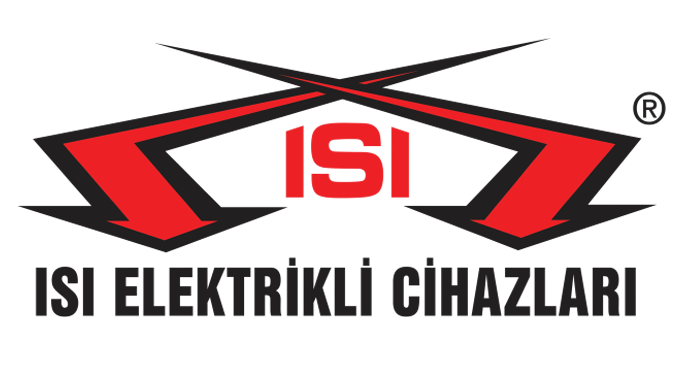Thermoform Heaters
Resistors in the thermoforming sector play a critical role in heating and shaping plastic sheets because these resistors increase the quality, precision, and efficiency of thermoforming production by enabling plastic sheets to soften at a specific temperature and take the desired shape.Heaters Used in Thermoforming
- Ceramic Heaters: Ceramic heaters are preferred for their high temperature resistance and long lifespans. They are commonly used in thermoforming machines because they can operate at high temperatures and generally provide even heat distribution.
- Wire Heaters: Wire heaters are a more traditional option used for heating in thermoforming machines. Coiled wire generates heat with electric current. However, wire heaters may have some difficulties in providing uniform heat distribution.
- Quartz Heaters: Quartz heaters are known for their fast heating and cooling properties. They can be preferred in thermoforming processes where rapid heating is required. Additionally, they are effective in focusing heat to the targeted area.
Advantages of Thermoforming
- Cost Effectiveness: Thermoforming is generally a cost-effective production method due to lower mold costs compared to other manufacturing methods. Mold making is often faster and less expensive.
- Flexibility: Thermoforming is an extremely flexible method for producing parts in different shapes and sizes. Complex geometries and details can be easily achieved.
- Speed of Production: Thermoforming allows for faster production compared to some other manufacturing methods. Heating, forming, and cooling stages may take less time compared to other methods.
- Variety: Thermoforming allows for the use of many different plastic materials, giving manufacturers a wide range of material choices.
- Lightweight: Thermoformed products are generally lightweight, reducing transportation and storage costs. The use of lightweight materials is important, especially in the automotive and aerospace industries.
- Innovation and Design Freedom: Thermoforming enables the rapid realization of innovative designs and product ideas, enhancing flexibility in the product development process.
- Packaging and Visual Marketing: In the packaging industry, thermoforming is often used to enhance the presentation and protection of products. It is also useful for various advertising and visual marketing purposes.
What Are the Applications of Thermoforming?
- Packaging Industry: Thermoformed packaging is commonly used in many sectors such as food, pharmaceuticals, cosmetics, and consumer electronics. They are preferred especially to extend shelf life, protect the product, and enhance visual appeal.
- Automotive Industry: In the automotive industry, many components such as interior trim parts, consoles, interior lining panels, trunk bases, and vehicle body parts are produced using the thermoforming method.
- Medical and Healthcare Sector: Many products in the medical field, including medical devices, surgical instruments, laboratory equipment, and packaging materials, are produced using the thermoforming method. Since hygienic and sterile properties are important in this sector, thermoformed materials are generally designed to meet these requirements.
- Electronics Industry: Protective coatings, assembly trays, boxes, and packaging for electronic devices are produced using the thermoforming method. These products are usually designed to carry, store, and protect electronic devices.
- Advertising and Promotion: Products such as advertising panels, visual promotional materials, signs, and display stands are produced using the thermoforming method and are used for various marketing and promotional purposes.
- Food Industry: Many food packaging materials such as food packaging, ready meal trays, trays, blister packs, and containers are produced using the thermoforming method. These packages are used for preserving, transporting, and presenting foods.
Technical Specifications of Thermoform Heaters
- Power: Thermoforming heaters are available in a wide power range from 25 watts to 2500 watts. The correct power should be selected depending on machine size, plastic type, and desired heating time.
- Voltage: Thermoforming heaters can operate at single-phase or three-phase 220 volts or 380 volts.
- Temperature: Thermoforming heaters can operate in a wide temperature range from 50°C to 450°C. The correct temperature should be selected depending on the type of plastic used and the desired product quality.
- Thermocouple type: Thermoforming heaters are equipped with J, K, or T type thermocouples to control temperature.
- Heater type: Thermoforming heaters are available in various types including cartridge type, rod type, band type, and manifold type.
- Insulation material: Thermoforming heaters are made of insulation materials such as high-temperature resistant mica, ceramic, or silicone rubber.
- Cable connection: Thermoforming heaters are available with plug type, cable lug type, or terminal type cable connections.
Thermoforming Sector Heaters

-500x500.jpg)
-500x500.jpg)
-500x500w.jpg)
-500x500.jpg)
-500x500.jpg)
-500x500.jpg)